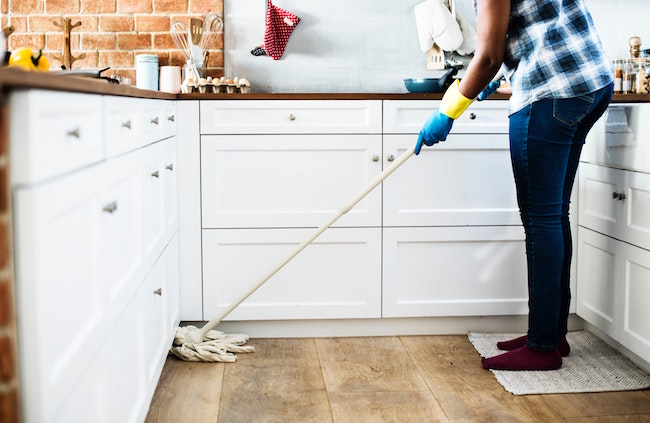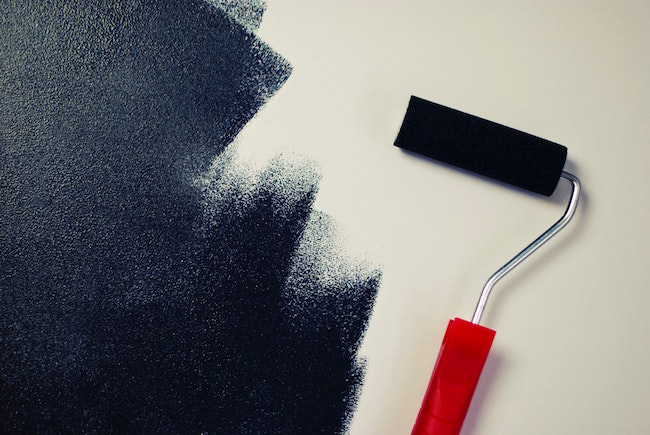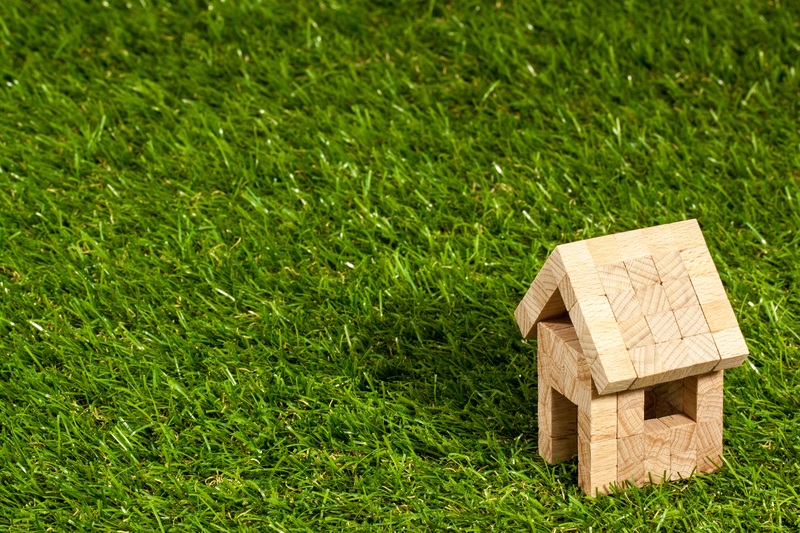After a turnover, it’s always wise to make sure your vacant rental unit is ready for new occupants.
Vacancies aren’t good for business. That’s why you have to make sure that you fill your new vacancies as fast as possible.
The only way to achieve that is by making sure the unit looks fresh, attractive, clean and ready for a new tenant. So, you may be wondering what you can do to prepare your vacant unit for the new tenancy.
There are a lot of things you can do to achieve this. A few repairs here, a few upgrades there, and within no time your rental unit will be as good as new.
Your primary goal here is to make your unit attractive to prospective tenants, so you can get it occupied quick.
This post covers a few essential preparation tasks you can do to get your property ready to rent.
8 Tips to Help You Prepare Your Rental Property for Fresh Tenancy
So, you are probably thinking, what should I do? Will all this be costly?
Well, the expenses you’ll incur will depend greatly on:
- The current state of the unit
- Its repair and maintenance needs
- Any upgrades you may want to install
Here, you’ll find both low-cost and higher-end tasks that you can easily to carry out.
Here are eight things you can do to prepare your property for fresh tenancy:
1. Clean, fumigate and deodorize the unit.
The first and most important step is to clean, deodorize, and fumigate the unit.
You don’t want your new tenant to be welcomed into their new home by pests and dirt, do you?
For that reason, you have to thoroughly clean your rental unit. Focus more on the kitchen, bathrooms, and toilets because they are most prone to grease, soap, and dirt accumulation.
Then, you should fumigate your rental to kill any pests and deodorize the unit to make sure it is a healthy living space for your new tenants.

2. Inspect your unit for mold.
Mold can be unhealthy – if not dangerous.
And because of this, you may end up losing a lot of current and even potential tenants. To avoid finding yourself in such a predicament, inspect your property for any signs of mold.
Mold thrives in places where there’s a lot of moisture, dust, and poor ventilation.
If you find some, make sure you hire a professional mold remediation contractor.
3. Check appliances for damages.
This is usually the best time to check whether all appliances are working as they should.
Afterward, you can service them to make sure they don’t have any pending issues.
These are some other things that you can do:
- turn the oven on and off
- test the water heater
- check the washer/dryer
- dust air vents, and so on.
4. Re-key or replace the locks.
Also, you can re-key the locks for security purposes.
If that’s not possible, consider changing the locks.
That way, you won’t have to worry about old tenants having access to the rental unit.
5. Re-paint the property.
It’s not required, but it can be a great way to give your property a new and fresh look.
Old, faded, and peeling paint won’t do much to get you a new tenant. Instead, it may scare away good tenants.
On average, it costs between $400 and $700 to hire a professional to paint one room.
But if you can do it yourself properly, you’ll be able to cut down those costs by more than half.

6. Hire a professional landscaper.
First impressions always matter.
And if you are renting out a detached rental space, the landscaping will greatly contribute to a tenant’s decision to rent.
The only way to make sure you create the best first impression is by making sure the landscape looks marvelous.
From the back garden to the front lawn, everything has to be just right.
7. Inspect and have the HVAC system serviced.
Most people have been stuck in an unexpected heat wave or snow storm and know the importance of having a working Heating, Ventilation, and Air Conditioning (HVAC) System.
That’s why it’s paramount to have it working at all times.
After every tenant turnover, make sure you thoroughly inspect the system for faults, dust, and exhaustion.
If there are any critical issues that need to be solved, work on them before signing a new lease.
8. Change broken tiles and restore hardwood floors.
Broken and stained tiles greatly diminish a room’s aesthetics.
Whether it is in the bathroom, toilet, kitchen or any other tiled room, it’s important to have damaged tiles replaced.
You should also consider cleaning the grout and sealing any gaps between tiles.
If your property has hardwood floors, you may need to do a little bit of restoration. Now, floor restoration is quite different from a refinish.
How?
Well, restorations involve applying a fresh coat on a hardwood floor, but that is after you’ve scraped the finish using a floor buffer.
On the other hand, a refinish involves sanding off the floors finish. The process costs more than a floor restoration.

In conclusion, while it’s true that getting a rental unit ready to rent can be costly, it’s always worth it.
That’s because it makes it easy for you to find good tenants. That is, tenants who will not only take good care of your property but who will also stay for the long haul.
